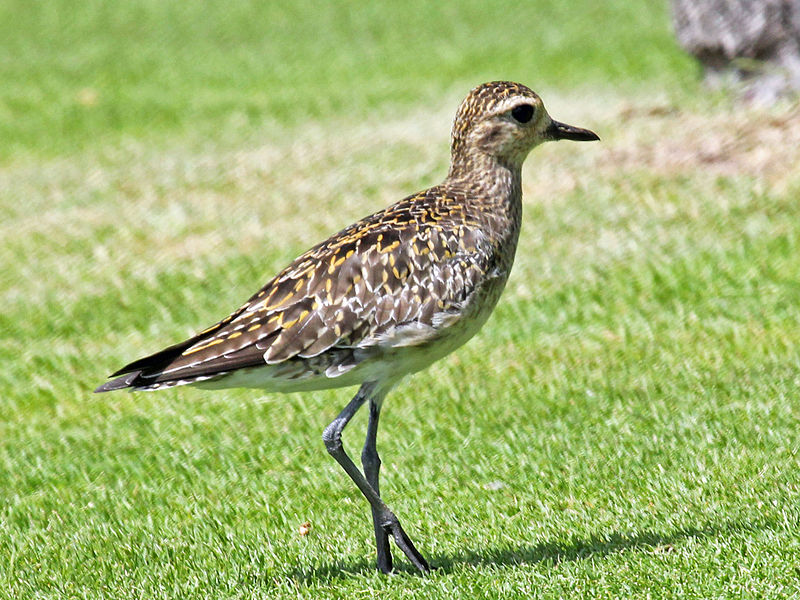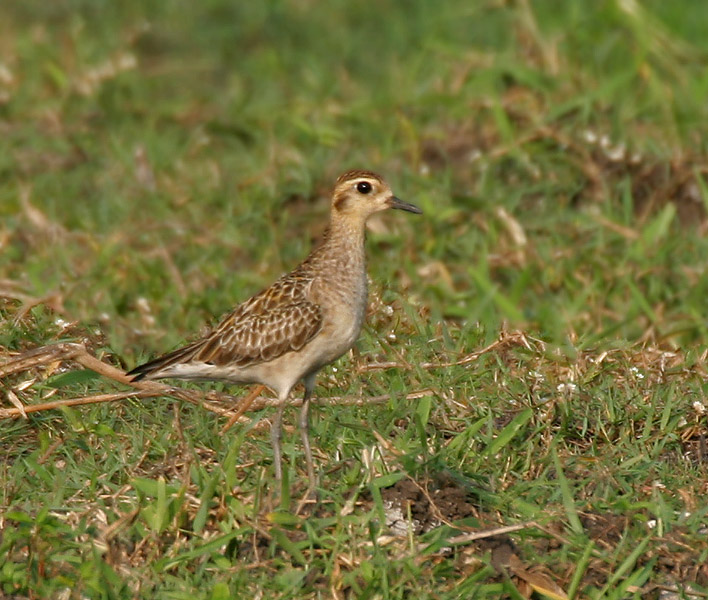
One of Hawaii’s most commonly seen seasonal visitors is Kolea, The Pacific Golden Plover. These birds migrate from Alaska and spend their winters in the Hawaiian islands. Adults arrive in August, juveniles arrive in October. Plovers are extremely widespread and their arrival in Hawaii marks a seasonal change and to many locals watching the plovers show up is an event to be celebrated.
During winter in on Big Island plovers can be seen nearly everywhere below 4000 feet. They’re commonly seen in the city, on golf courses, near shore, in open pastures, forests, marshes, and scrubland. These remarkable birds travel more than 3000 miles during their yearly migration across the Pacific Ocean from Alaska. They weigh less than 1lb and fly non-stop for two days without eating or sleeping, averaging 60 miles per hour over the ocean.

Juvenile plovers travel to Hawaii from Alaska for the first time without any navigational help from their parents. These birds find their wintering grounds on islands in the vast Pacific Ocean through instinct alone. Plovers can live more than 20 years, and migration happens annually. Some Plovers studied for years have been shown to fly more than 100,000 miles in a lifetime.
While here, the Plover spends most of its time eating. Their diet is versatile, ranging from insects, crustaceans, bivalves, small lizards, frogs, and worms.
Plovers stay in the Hawaiian islands until late April before flying back to Alaska to nest and lay their eggs.
Kolea is a common sight throughout the Hawaiian Winter. They may be tiny, but this little bird packs plenty of stamina!
